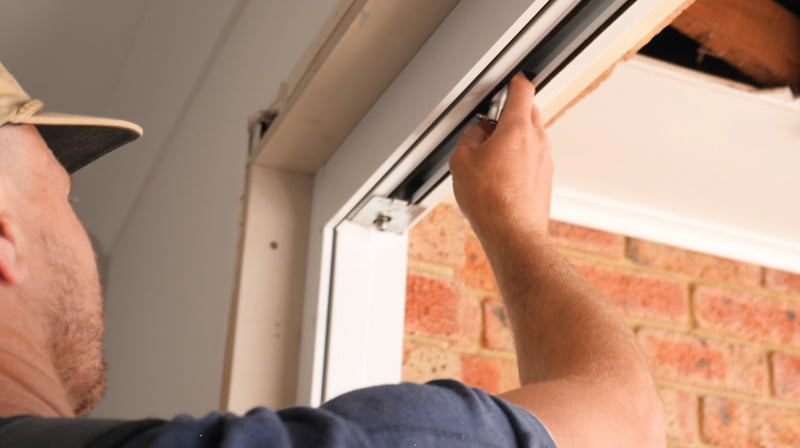What Is A Drape https://rentry.co/pikccdus Wall? Types Of Curtain Wall Surfaces Updated 2025
With improvements in product technology and ingenious style methods, drape wall surfaces can contribute to reducing power consumption, optimizing thermal performance, and promoting environmental stewardship. The very first is the mounting system, which sustains the weight of the glazing and transfers it to the building structure. It is usually made from lightweight products such as aluminum or steel, picked for their strength, sturdiness, and capacity to withstand deterioration. The key feature of a curtain wall system is to supply an external envelope that shields the structure from the elements while allowing for aesthetic expression and power efficiency.
A drape wall surface system also called curtain wall surfaces, polished exteriors, or glass exteriors is just one of the several various types of exterior cladding systems you can make use of to develop your building. While big glass locations in curtain walls offer magnificent aesthetics, they pose obstacles in temperature control. The reduced warm resistance permits warm transfer and solar radiation to cozy inner surface areas, producing uneasy warmth build-up. Fixed louvres within the system offer minimal heat gain reduction, primarily resolving glare. Outside louvres supply low renovation by taking in and re-radiating warmth in Browse around this site an outward direction. Weatherproofing items are very vital in safeguarding curtain wall surfaces from the components.
Are Curtain Wall Systems Power Efficient?
Structure specs set deflection limitations for perpendicular (wind-induced) and in-plane (dead load-induced) deflections. These deflection limitations are not enforced as a result of stamina abilities of the mullions. Rather, they are developed to limit deflection of the glass (which may break under extreme deflection), and to make sure that the glass does not come out of its pocket in the mullion.
In addition, insulation materials such as thermal breaks and spacers are included to boost the thermal performance of the curtain wall system. Along with their versatility and performance, semi-unitized drape wall surface systems use a range of style choices. These systems can be customized to fit the visual requirements of the job, with a range of finishes, colors, and glass types available.
Drape Wall Surface Systems

Aluminum drape walls enable streamlined, contemporary layouts and are frequently used for typical industrial structures, particularly high-rise building. Nevertheless, the construction can be a complex procedure that calls for cautious planning. This load is transferred from straight framework members to upright mullions, after that up or down to anchor points, where it is transferred to the building framework. Curtain wall surface systems can incorporate entryway doors, operable windows, outside sunlight shades, indoor light shelves, and multiple sort of face covers. For instance, some four-side silicone wall surface systems use stick wall surface grid structures with factory-glazed cassettes or service provider structures. In most strict architectural designation, a "drape wall surface" is any kind of non-load-bearing exterior wall that hangs, like a drape, from the external edge of flooring pieces, despite building or cladding product.
A curtain wall system typically extends multiple floorings, with upright framework participants proceeding undisturbed past one or more flooring slabs. Stipulation for anchorage per floor slab is made at vertical framework members just. Setup approaches entail either pre-glazed unitized systems or field-glazed stick-built drape wall surface systems. Making use of light-weight products permits extra efficient setup, resulting in reduced labor expenses. In addition, the modular nature of these systems permits easy customization and versatility, adjusting to the one-of-a-kind style demands of each task. This allows for specific matching and adjusting to fit the task's particular dimensions, which endows stick drape walls with adaptability.
- You will certainly want to know if your drape wall is mosting likely to be made use of in an outside or interior application.Curtain walls are an essential function of modern-day structure style, using various benefits that extend past appearances.This frequently affects the choice of products and dimensions for style of the system.Motivating engineers to attempt brand-new points, these systems not only make buildings look remarkable yet also handle essential problems like energy use, convenience for people within, and lasting sustainability.Yes, curtain walls can enhance power performance by allowing natural light into the building.In skyscrapers where speed and precision are essential, unitized systems are quicker to mount because the panels are pre-assembled in the factory.
